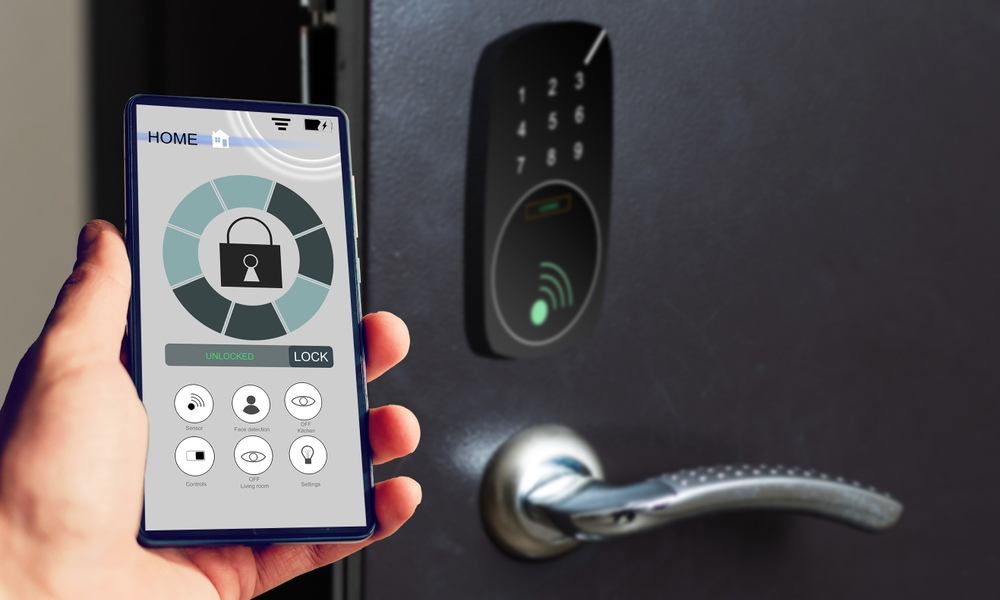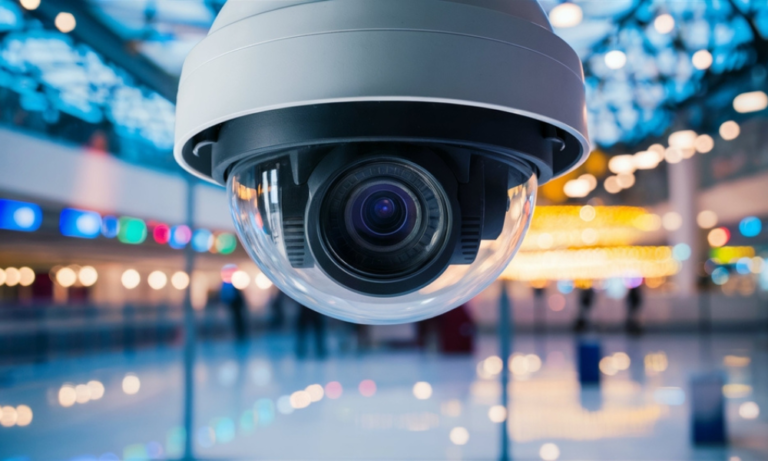Estimated reading time: 5 minutes
Your home security system is like the unsung hero of your household—quietly working to protect what you value most. But, just like any reliable team player, it needs regular attention to keep performing at its best. I’ve learned that a little maintenance goes a long way in ensuring the system stays sharp and ready for action.
Here’s what I’ll cover in this guide:
- Why regular maintenance matters.
- Key steps to keep your system in top shape.
- Troubleshooting common problems.
- When to call in the pros.
Let’s dive into the essentials.
Why Maintenance Matters
I’ve seen firsthand what happens when home security systems are neglected. It’s not pretty. False alarms, cameras that go dark at the worst time, and even complete system failures. Regular upkeep prevents these nightmares, ensuring your system is ready to perform when you need it most.
Maintaining your system also means saving money in the long run. Repairs and replacements cost a lot more than a few minutes spent on routine checks. And let’s not forget the peace of mind that comes with knowing your security measures are always reliable.
The Essentials of Security System Maintenance

I keep my maintenance checklist simple but effective. Here’s what I recommend:
1. Update Software and Firmware
Think of software updates as your system’s vitamin boost. Manufacturers roll out updates to patch vulnerabilities, improve features, and keep up with evolving threats. Ignoring them is like leaving the front door open.
Tip: Enable automatic updates whenever possible. It’s a quick fix for staying ahead of potential issues.
2. Test Cameras and Sensors Regularly
I make it a habit to test every component of my system—cameras, motion sensors, alarms—once a month. Clean your camera lenses for clear footage, and check that motion detectors don’t mistake a pet for an intruder.
Pro tip: Adjust camera angles seasonally to account for changing light conditions or landscaping.
3. Inspect Power Sources
A dead battery can turn your security system into a glorified paperweight. I check batteries in wireless devices quarterly and test backup power sources like battery packs or generators. If it’s a wired system, I inspect for frayed cords or loose connections.
4. Clean Outdoor Equipment
Outdoor cameras and sensors are exposed to the elements, so they need extra care. I clean mine with a microfiber cloth and check for damage after storms or heavy winds. Dust and debris aren’t just annoying—they can compromise performance.
5. Don’t Forget About Alarm Panels
Alarm panels are like the brain of your system. Make sure they’re free of dust, and test their response times. If your alarm takes more than a couple of seconds to trigger, it’s time to investigate.
Troubleshooting Common Problems

Even with regular maintenance, glitches happen. Here’s how I handle them:
1. False Alarms
False alarms can be embarrassing (and expensive if your city charges fines). They’re often caused by overly sensitive sensors or environmental factors like drafts or pets. Adjusting sensitivity levels usually does the trick.
Light humor: “If your motion sensor can’t tell the difference between your dog and a burglar, it might be time for a calibration—unless Fido has been plotting.”
2. Connectivity Issues
Smart systems are great until they lose connection. If this happens, I check my Wi-Fi or cellular connection first. A quick router reset can work wonders. If it’s a recurring issue, upgrading to a stronger router or adding a signal booster may help.
3. Camera Malfunctions
A camera that stops working is a headache. I always start with the basics: check the power supply, connections, and firmware updates. If that doesn’t solve it, it’s likely time to replace faulty hardware.
When to Call the Pros
I handle most maintenance myself, but I’m not shy about calling in the experts when needed. Here are the signs I watch for:
Persistent false alarms or malfunctions.
Issues with wiring or hardware I can’t safely address.
When it’s been over a year since a professional inspection.
Professional technicians bring expertise that’s hard to match. They can spot hidden issues, fine-tune your system, and offer upgrades I might not know about.
Tips for Staying on Top of Maintenance
Life gets busy, so I set reminders for routine checks. Here are some of the habits I’ve developed:
Quarterly reminders: Test batteries, clean cameras, and inspect sensors.
Annual professional inspections: A yearly checkup is like taking your car in for a tune-up—it keeps everything running smoothly.
Stay informed: I subscribe to updates from my security system manufacturer to learn about new features or potential issues.
Closing Thoughts
Maintaining your home security system isn’t just about keeping gadgets working—it’s about protecting your peace of mind. By investing a little time and effort into regular upkeep, I’ve found that I can trust my system to be there when I need it.
If you’re unsure where to start, follow my checklist or consult with a professional. After all, when it comes to safety, there’s no such thing as being too prepared.
Ready to give your system some TLC? Start today—it’s worth every minute.



